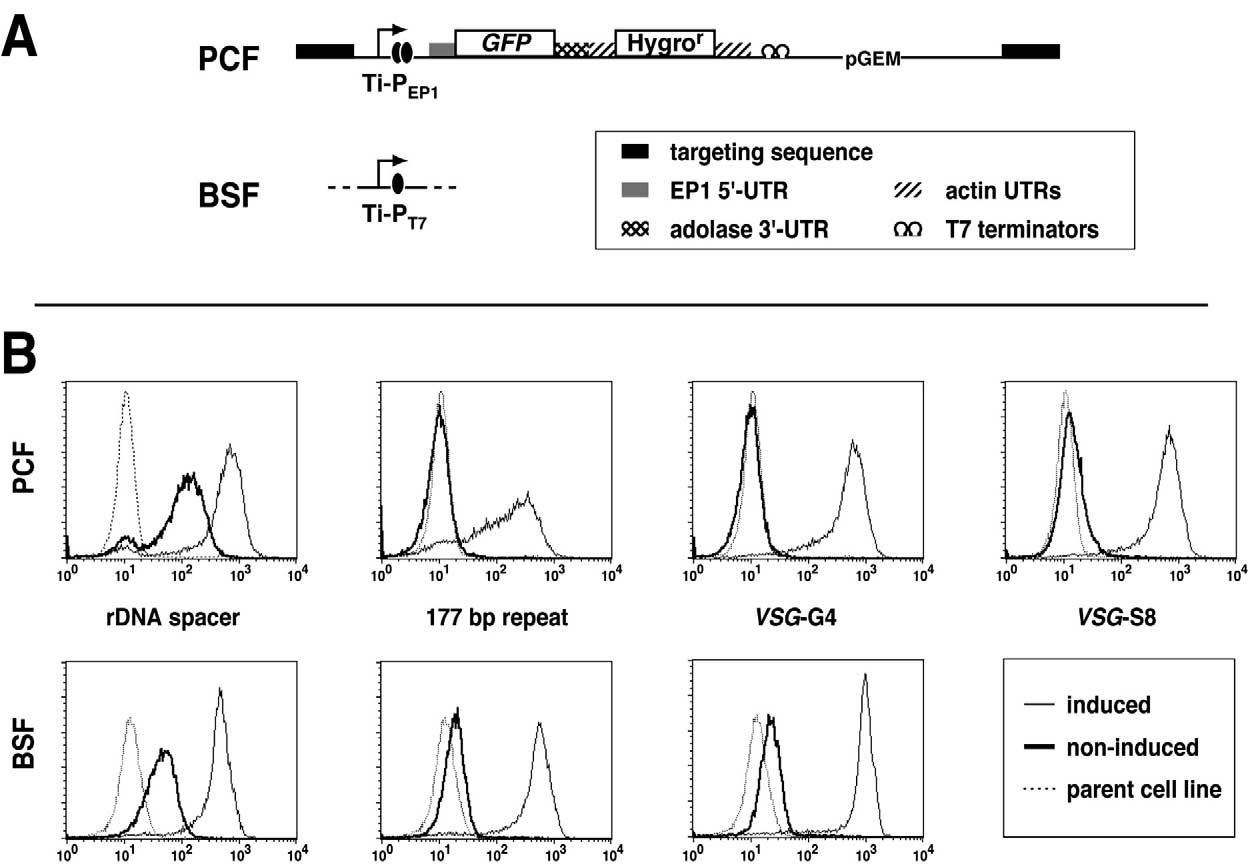repoa.or.tz
Payments and Quality of Ante-NatalCare in Two Rural Districts ofTanzania Paper 4 from the Ethics, Payments, and P.O. Box 33223, Dar es Salaam, Tanzania Maternal Survival Project 157 Mgombani Street, Regent EstateTel: +255 (0) 22 2700083 / 2772556Fax: +255 (0) 22 2775738 Paula Tibandebage, Maureen Mackintosh, Tausi Kida,

